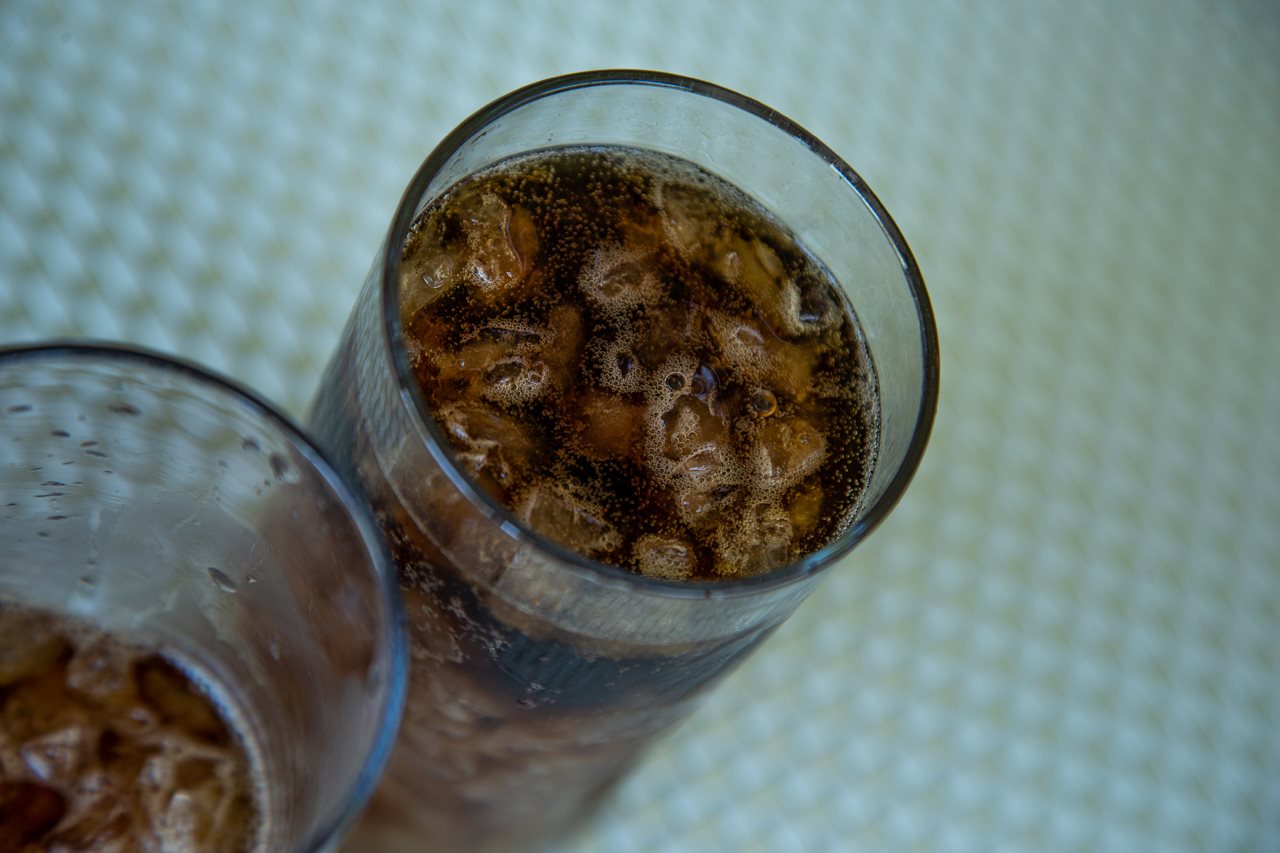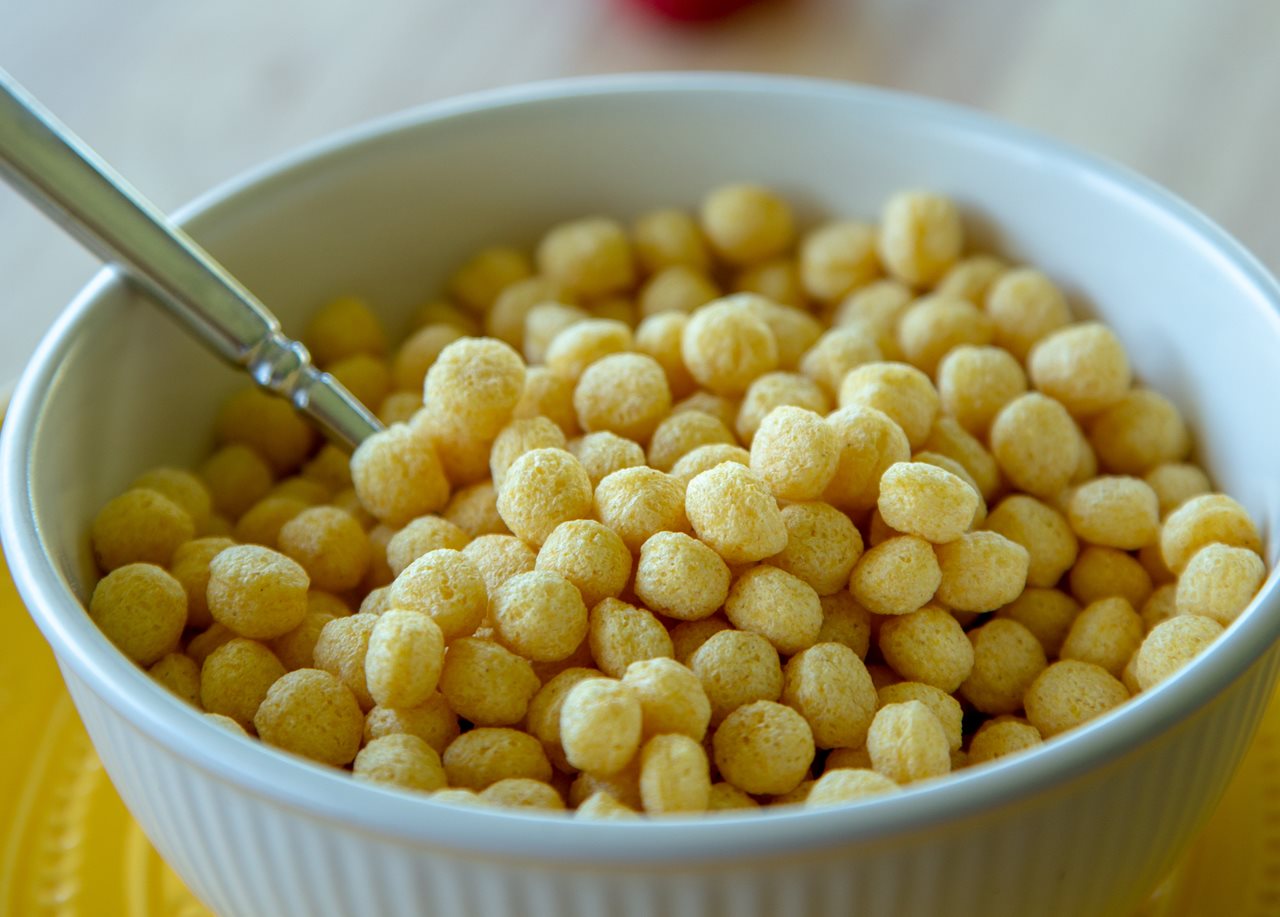2018-08-06T14:57:00

(BPT) – Most of us are conscientious with our diets — trying our best to keep a balance between getting a fill of veggies, but still wanting to also enjoy that occasional treat. And even better if we can savor the taste of a favorite decadent dessert or fancy coffee drink without feeling guilty.
Consumers have a love for sweetness but, at the same time, are seeking more low-sugar, low-calorie foods and beverages. According to a recent International Food and Ingredient Council study, 76 percent of consumers said they were trying to limit or avoid sugars in general. So, how can consumers “have their cake (or yogurt, bread, granola bar) and eat it too”?
The good news about alternative sweeteners

Artificial sweeteners, such as aspartame, sucralose and saccharin, historically have been a go-to ingredient in food and beverage products to reduce added sugar in the diet, and in turn reducing calories and lowering the risk of heart disease and diabetes. More recently, though, many consumers are shying away from artificial sweeteners. Alternative sweeteners are finding their way into soft drinks, dairy products, cereals, healthy snacks and more. The next time you select your favorite treat or staple, watch for these two sweeteners when you’re checking the labels.
Steviol glycosides

For hundreds of years, people have used the leaves of the stevia plant to naturally sweeten their foods. Steviol glycosides, and specifically Reb M and Reb D, are the best-tasting, sweetest components of the stevia leaf. Just like sugar, these compounds react with the sweet receptors on our tongues, but without the calories or blood sugar spikes negatively associated with sugar.
Unfortunately, Reb M and Reb D steviol glycosides make up only a tiny fraction — less than 1 percent — of the stevia leaf. With such small quantities available in the plant, it would require significant land use and produce too much waste for food or beverage manufacturers to use Reb M or Reb D as a viable sweetener in their products.
But what if the same calorie-free sweetness of these two steviol glycosides could be produced in large quantities through a fermentation process — the same age-old process used to create your favorite beers, cheeses and breads? Through fermentation, Cargill produces these Steviol Glycodies without overusing the land. This means that food and beverage companies have a sweetener option to use in your favorite beverage or snack that provides the same taste-bud pleasing sweetness you crave, with zero calories, zero sugar and with an eye to sustainability. Just look for steviol glycoside on the label.
Don’t shy away from Erythritol

Erythritol: The name might sound scientific, but you can feel confident knowing you are getting a natural*, sweet ingredient when you see it on the label of your favorite treat. In fact, Erythritol occurs in many fruits, including watermelon and pears.
Also created through fermentation, this natural*, zero-calorie sweetener looks and tastes a lot like sugar but does not raise blood glucose or insulin levels. It’s another ideal sweetener to look for on the label of your favorite juices, chocolates or caramels, ice creams or yogurts, to name a few.
If you’re searching out foods and beverages that help meet your dietary needs or goals, whether for a diabetic diet or simply reducing calories and sugar intake, it’s worthwhile to pay attention to the label. You can still indulge in a sweet beverage or dessert knowing there are two new sweetener alternatives that are safe, great tasting, zero calorie — and are kind to our land and natural resources.
*FDA has not defined natural. Contact Cargill for source and processing information.

